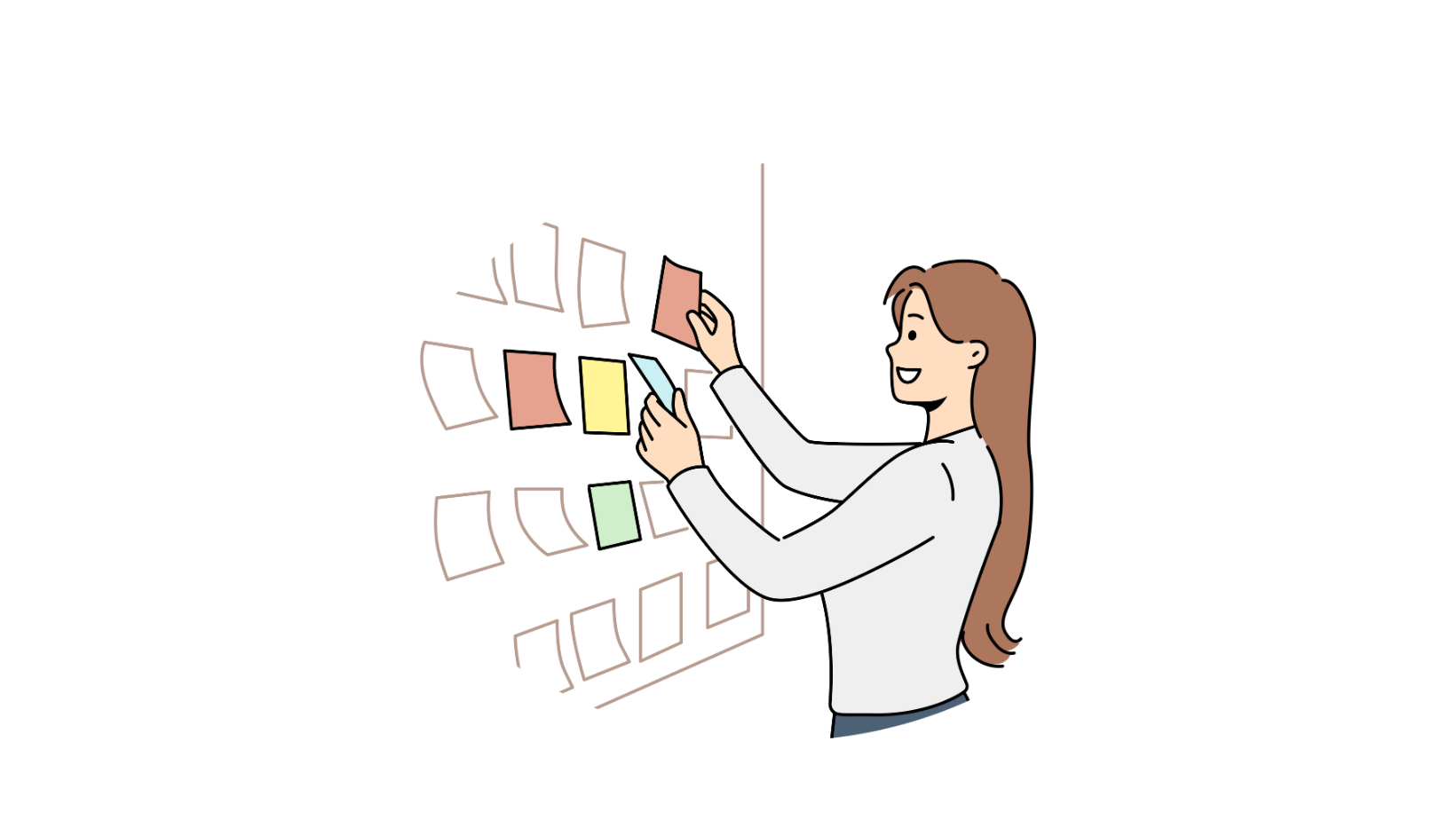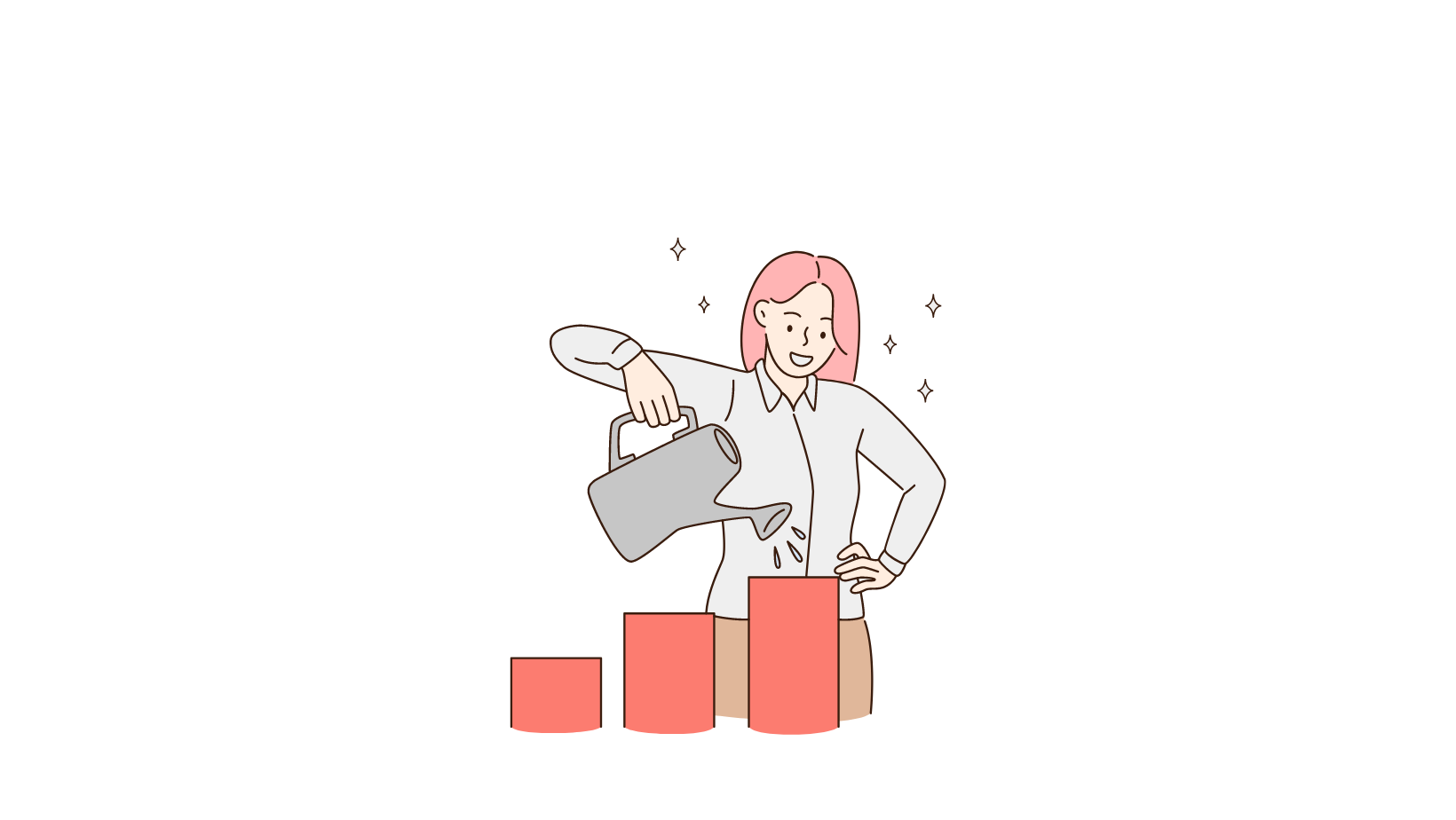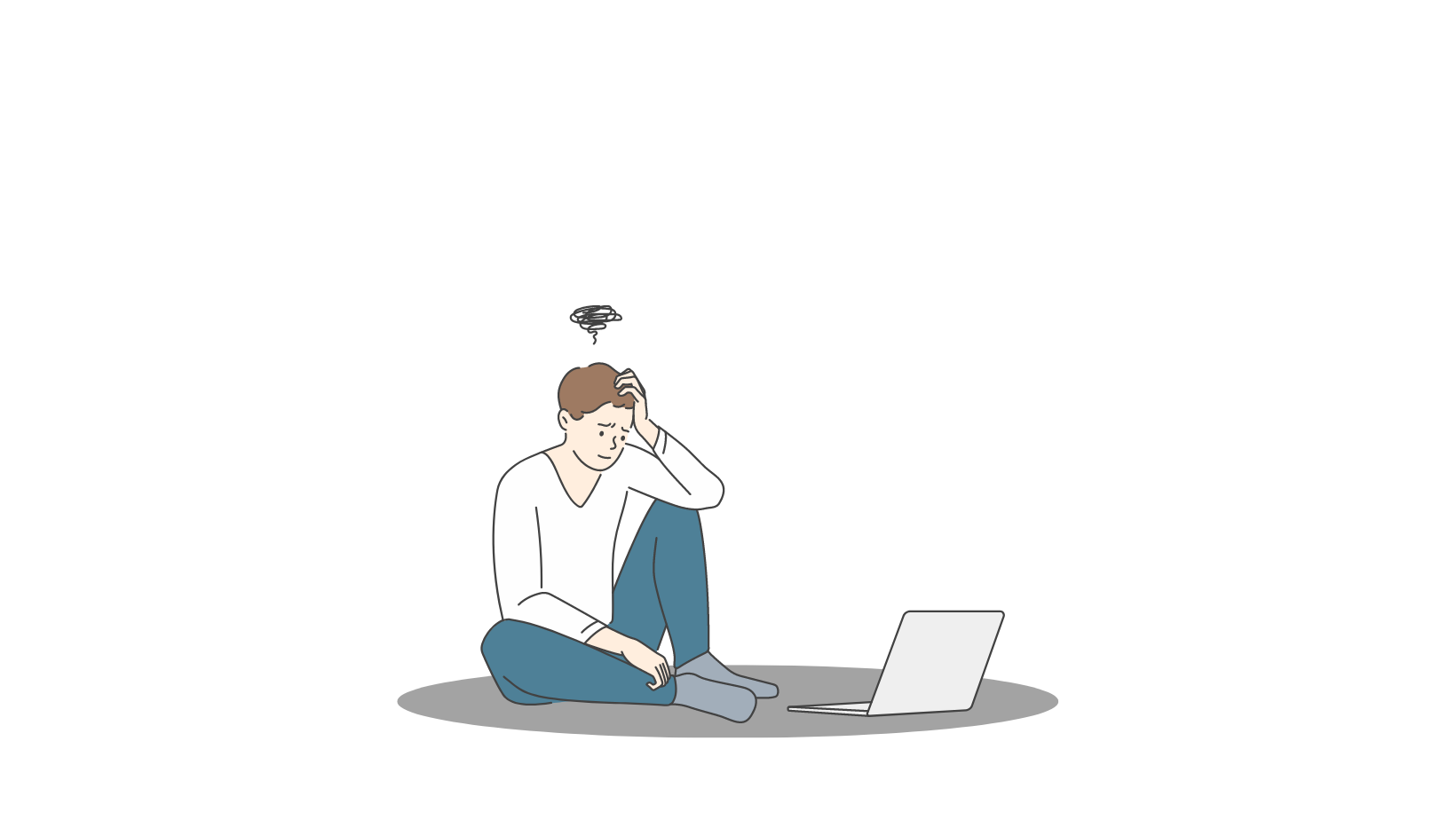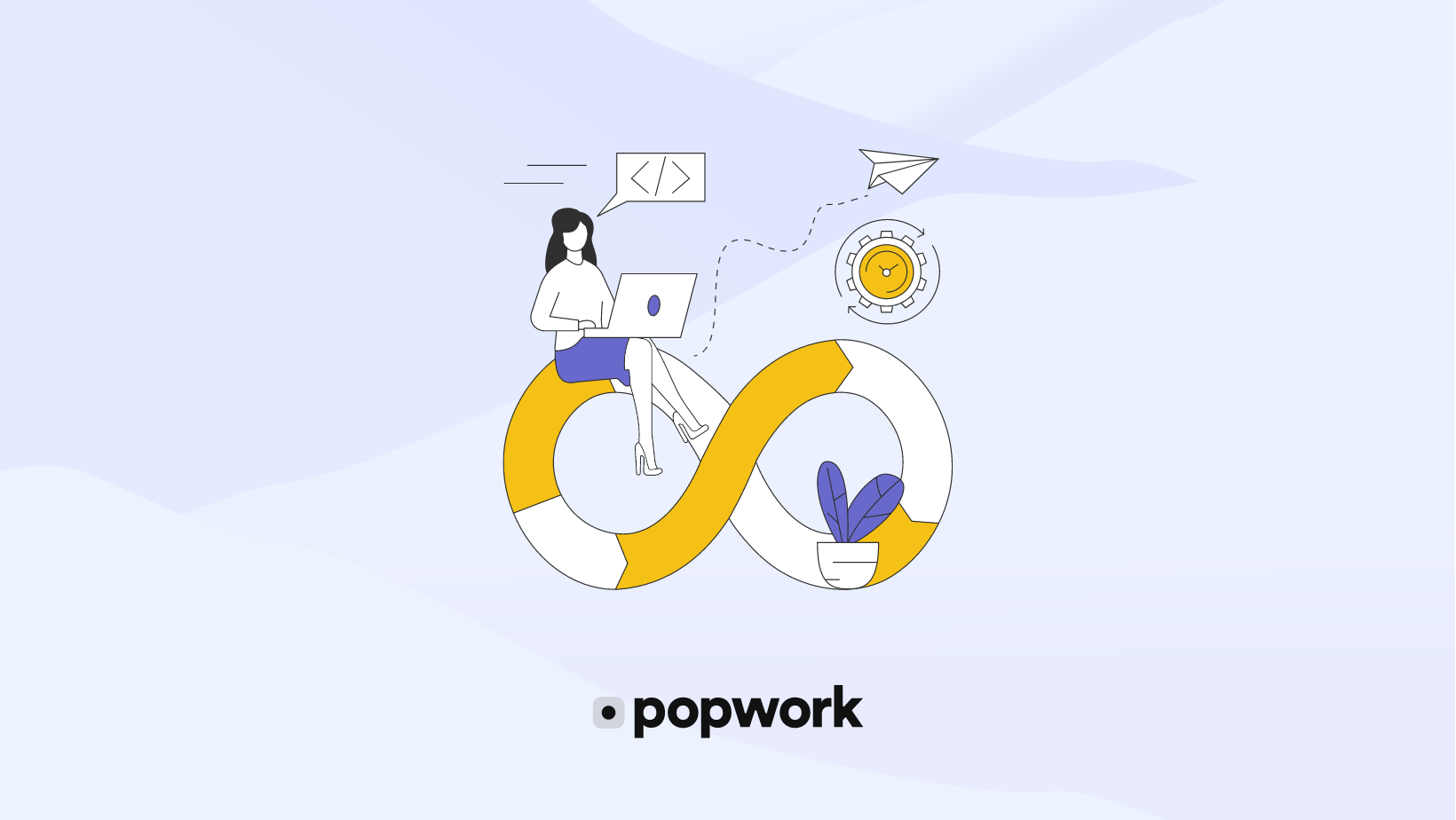The annual review, long considered the cornerstone of performance evaluation, is now showing its limitations and needs to be supplemented by continuous feedback. This transition not only better meets the needs of modern companies but also improves employee engagement and performance.

The Limitations of the Annual Review
70% of HR managers believe the annual review is ineffective. Here are some statistics illustrating this issue:
- 25% of employees do not understand the review process (Deloitte Study, 2017).
- 55% of HR directors do not receive completed review forms (Deloitte Study, 2017).
- 44% of French employees find the annual review useless (Augmented Talent Study, April 2021).
As summarised by Olivier Sibony, a professor of strategy and author specialising in decision-making: "Whether it’s those conducting them or those receiving them, no one likes annual reviews."
Companies such as Orange, Netflix, and General Electric have already abandoned this practice in favour of more engaging solutions adapted to the digital age.

Why Evolution is Necessary
Today, it is simply no longer possible to share feedback only once a year. Shorter work cycles, instant communication channels, and the expectations of new generations mean companies must offer environments where feedback is provided more frequently. Additionally, the current format of the annual review often resembles an administrative task rather than an exercise in reflection, projection, and exchange. The annual review must evolve for three main reasons:
- Adapt to Shorter Work Cycles: Regular feedback is essential for quickly adjusting, improving individually or as a team, and achieving goals; one cannot be satisfied with just one feedback session per year.
- Provide Adequate Review Support: Today, information often needs to be entered multiple times, making it difficult to remember and transcribe the past 12 months from scratch.
- Focus on Development Goals: Emphasis should be placed on development goals and plans for the coming months, based on feedback received throughout the year.
Waiting until the end of the year to share constructive feedback seems anachronistic. Indeed, if there are important issues to address or changes to be made, why wait until the end of the year? Additionally, one of the rules of feedback is to share it as soon as possible: how can feedback be well-received, understood, and assimilated if it is shared months after the fact? Therefore, from both an operational and individual improvement perspective, waiting for an annual evaluation to share feedback has become simply counterproductive.

Continuous Feedback: Enhanced HR Agility
A significant number of managers struggle to effectively lead their teams, with nearly 70% of them experiencing difficulties (source: Cadremploi survey). Louis Vuitton, for example, has adopted a solution that engages performance and employee engagement throughout the year. Arnaud Garni, Director of Employee Experience and Engagement, explains:
"Our continuous performance management approach allows us to become more cooperative, giving more autonomy and a more significant role to the employee in the managerial relationship."
Digital systems facilitate collaboration and goal updates, transforming the annual review into an administrative obligation now rejected by the majority of managers.

Engagement and Performance through Continuous Feedback
Continuous feedback increases engagement by nearly 40% and performance by 26%, according to a Gartner study. This approach empowers employees and fosters internal cooperation. A complementary technique, "feedforward," encourages employees to consider future options without judgment, thereby promoting autonomy and solution-seeking. By combining regular feedback and spontaneous conversations focused on the employee and their development prospects, it is possible to address throughout the year, in a manner useful to both the manager and the employee, topics that are too often reserved for the annual review.
If a company retains the annual review, for it to be successful, it must be no surprise to either the manager or the employee and should represent an opportunity for a constructive exchange fuelled by past feedback and primarily focused on the future, with a jointly constructed action plan.

Challenges in Establishing a Continuous Feedback Culture
Companies must overcome human and cultural challenges to integrate continuous feedback. As with any cultural change, whether initiated by management or not, it is necessary that management be convinced and supportive of the change. For the transition to a continuous feedback culture, management must ensure work on three axes:
- Engagement of Frontline Managers: They must be the vectors of this new culture.
- Communication of Benefits: The approach must be communicated and experienced by all stakeholders.
- Integration into Daily Routine: Renewed trust requires a simple solution embodying this new culture.

Employee Perception of the Annual Review: An Opportunity to Shift to a Feedback Culture
Despite its flaws, the annual review remains an important and anticipated moment of exchange for 58% of employees, though 41% dread it (Augmented Talent Study, April 2021).
The main reasons for this apprehension include stress and subjectivity, with 48% of employees considering the review a peak stress event and 44% perceiving it as a subjective and biased exercise.
Switching to regular and spontaneous feedback reduces stress since the annual review then becomes just a summary of feedback received throughout the year. This lessens the apprehension associated with an important and uncertain conversation in the absence of regular feedback. The exercise is also less subjective and biased when feedback is regular, spontaneous, and constructive. Manager and employee will have had the opportunity to discuss these topics, align their perceptions, and define actions to improve the situation throughout the year. Moving from an annual feedback session to continuous feedback truly transforms the manager-employee relationship and the way they collaborate month by month.

Employees are Already Demanding These Improvements
To improve the annual review, here are some suggestions from employees:
- More Regular Exchanges: 33% of employees prefer shorter, more evenly distributed exchanges throughout the year.
- Focus on Well-being: 40% of employees want to discuss their working conditions and well-being more.
- Follow-up on Concrete Actions: 54% of employees desire concrete follow-up on the points discussed during the review.
Many companies are choosing to equip themselves with continuous feedback platforms like Popwork to deploy and animate their new feedback culture. A platform such as Popwork allows for more regular exchanges by ritualising feedback, emphasising well-being by gauging employee sentiment during these exchanges, and turning constructive feedback into concrete actions to maximise impact.
While the annual review remains relevant, it must be supplemented by continuous feedback to meet modern talent and performance management demands. By adopting a continuous feedback platform and adjusting evaluation processes, companies can enhance engagement, performance, and employee satisfaction, creating a more agile and responsive work environment.

